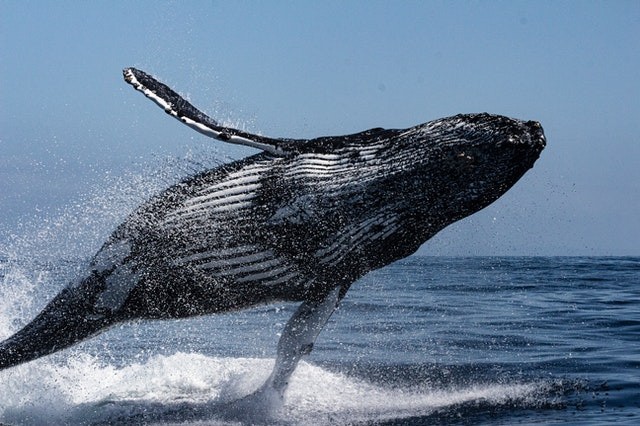Humpback whales will be removed from Australia's threatened-species list after a strong recovery was determined by the government's independent scientific panel on vulnerable species.
The species was nearly extinct due to whaling. However, since the 1980s, when the practice was largely phased out, the population has exploded.
However, conservationists caution that the creatures continue to face significant dangers such as pollution and climate change while their numbers have recovered, according to ABC.
Sussan Ley, the Environment Minister, said the adjustment was made after the independent Threatened Species Scientific Committee advised her that the humpback whale population had grown strong enough to be removed from the list.
"They looked at concerns like climate change and krill fisheries, as well as all of the other factors that affect the species' population patterns," she explained.
Related Article : Florida Manatees are Starving to Death Despite Feeding Efforts
Potential Threats to Humpback Whales
Despite being delisted, the species is still protected in Australian seas under the Environment Protection and Biodiversity Conservation (EPBC) Act since it is a migratory species and a cetacean, according to Ms. Ley.
It is illegal to kill, harm, take, trade, maintain, relocate, or meddle with a humpback because of its protected status.
The delisting, according to Macquarie University marine biologist Vanessa Pirotta, could help focus more attention - and funding - on whale species that haven't recovered as well as others.
"There's been this impetus to celebrate the conservation of these creatures, but also to reassess their classification in terms of protection," said Dr. Pirotta.
They will continue to monitor these populations with caution, allowing us to focus our conservation dollars on other species like the southern right whale.
Dr. Pirotta cautioned, however, that the delisting did not mean authorities could rest since whales face a variety of risks, including climate change.
"Ship strikes, entanglement in fishing gear, acoustic pollution, marine pollution, and, of course, climate change are some of the problems that whales face internationally," she said.
Climate change is huge because it affects where these animals move, where their prey is distributed, and, regrettably, a drop in sea ice implies a reduction in Antarctic krill habitat, which is one of these humpback whales populations' essential food supplies.
Maintaining Caution

It's a mixed bag because you have a rebounding whale population, which is fantastic. Still, we also need to be cautiously hopeful and continue to watch this population in the future.
Last year, when the Department of the Interior was considering removing humpback whales from the endangered species list, several conservationists expressed worries that it was too soon.
Nicola Beynon, the campaign director for Humane Society International, was one of them, warning that delisting the whales was short-sighted owing to the significant threat presented by climate change.
Ms. Beynon said, "The resurgence of humpback whales that travel up and down the Australian coast is something to celebrate."
She believes that a more cautious approach would have been preferable to delist the whales entirely and that the government should reconsider how the listing system works.
For more animal related news, don't forget to follow Nature World News!
© 2026 NatureWorldNews.com All rights reserved. Do not reproduce without permission.





